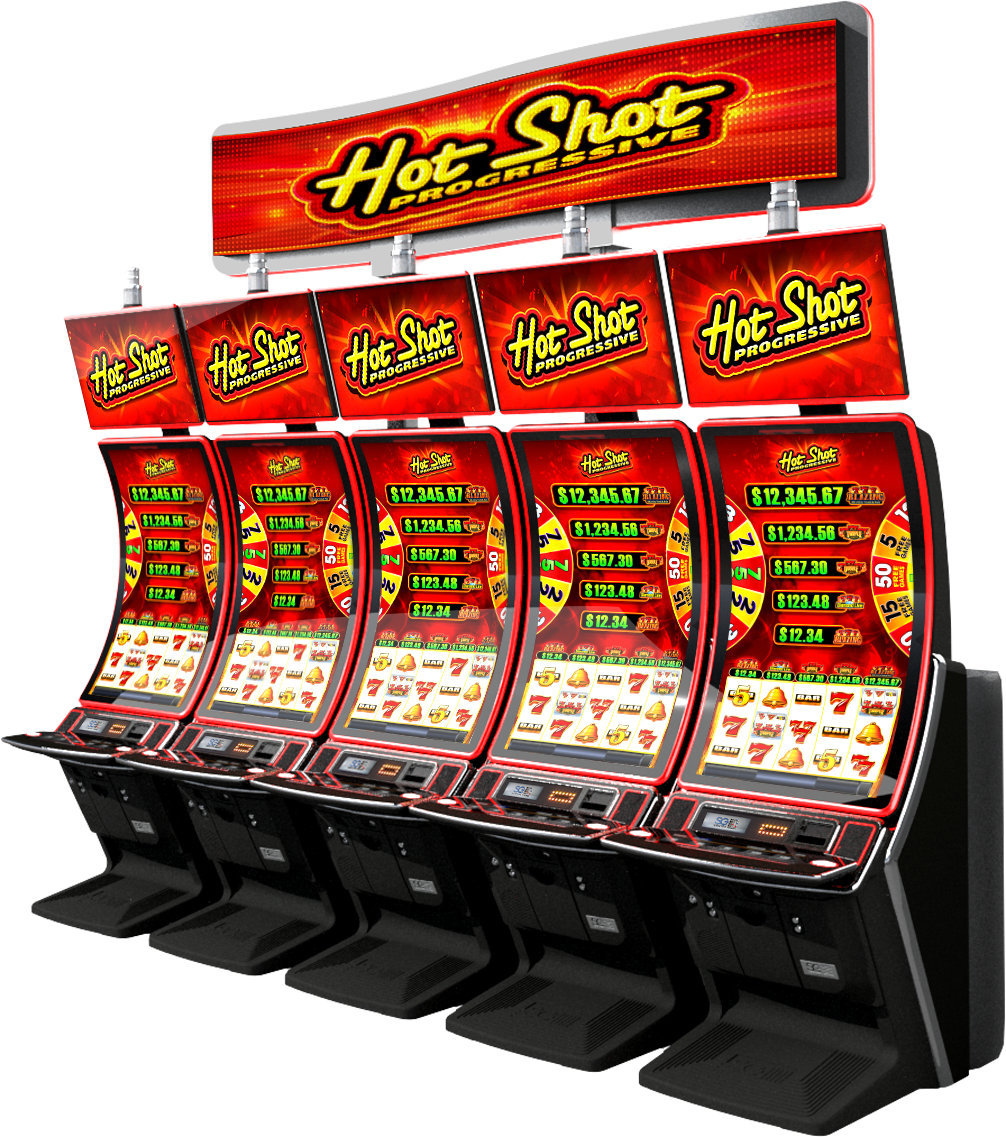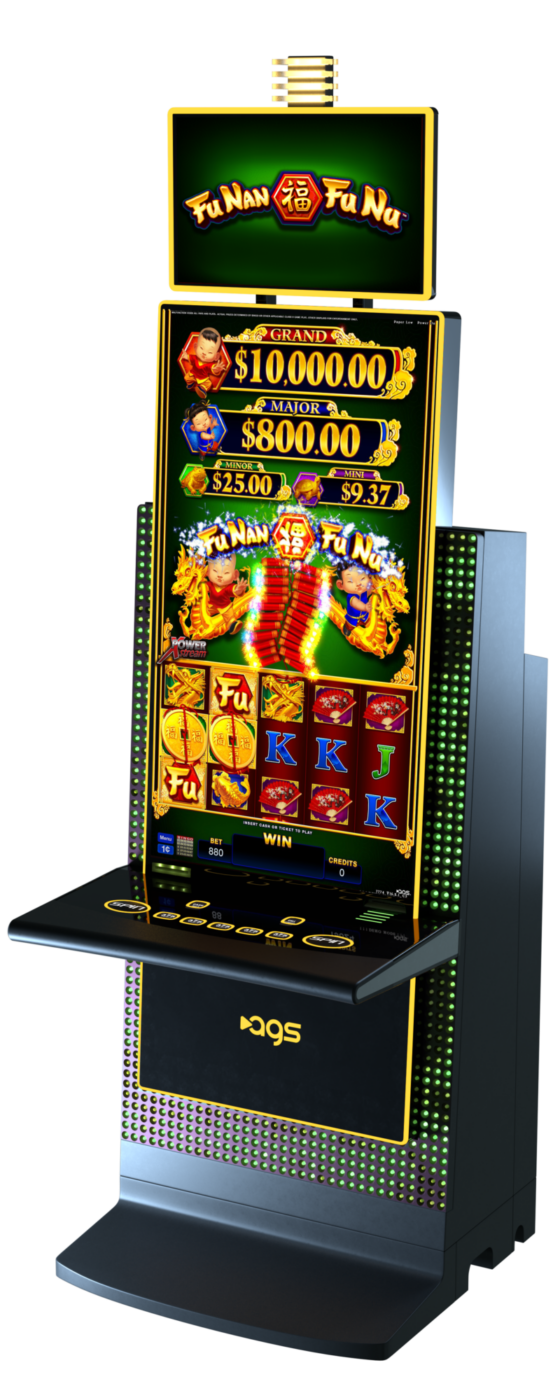Suppliers of Class II slot machines still cater to strong and growing demand.
In the years that immediately followed enactment of the 1988 Indian Gaming Regulatory Act, there was considerable confusion over what constituted a Class II game. That only increased in the early 2000s, as Phil Hogen, then chairman of the National Indian Gaming Commission, tried to draw what he called a “bright line” between Class II games and Class III slot machines.
At the time, there was concern from the NIGC that Class II slots, though based on bingo as the statute required, had become too similar to Class III casino slot machines. Standards were followed that required two touches—the first a symbolic “daubing” of the bingo card, and the second to reveal the outcome of a game, either a loss or a prize translated into a slot reel result.
A combination of advancing technology and common sense has pretty much erased those concerns, and Class II gaming is a sector of the industry that is stronger than ever.
James Starr knows the history well. Starr is president of Class II supplier VGT, part of Aristocrat Technologies since 2014. Founded in 1991 as Video Gaming Technologies, VGT was one of the pioneering suppliers of Class II following the creation of Indian gaming classifications by IGRA.
Starr, who has been involved in Class II gaming since 1993, says even the federal government exhibited confusion early on as to what constitutes Class II. “Back in the early days, there was a lot of disagreement between regulators in just what constitutes Class II, which was the two-touch philosophy,” Starr said. “We never really had any type of rulings or clarification on that from the National Indian Gaming Commission. It was left up to the tribal gaming commissions.”
Starr says during the first decade of Class II, that meant Class II games were often different from one tribal casino to the next. “Twelve years ago, you could go from one tribal casino to the one next door and have a different experience, just because of the way the tribal gaming commission interpreted the regulations,” he said.
“But I think the NIGC-issued minimum internal controls and technical internal control standards back in 2008 helped solve a lot of those questions the tribal gaming commissions had.” Over time, the vast majority of those tribal gaming commissions adopted the “one-touch philosophy.” At the same time, slot suppliers improved the technology of Class II, reducing the time for the server to pick the numbers for bingo cards to determine game results in the blink of an eye.
“Yes, the Class II games today still have the bingo card and the ball draw, and they are still server-based. You still have to have (at least) two players to play the game. But it’s a lot more seamless.”
Improvements to Class II have led to a new growth period for the game genre. The fact that no compact or revenue-sharing is required to offer the games has given even the tribes operating in Class III jurisdictions a viable option to Class III—and thus, a better bargaining position with state governments.
“Class II has always offered a lot more sovereignty, where the tribal gaming commission really has the authority, not the state,” Starr said. “It gives you the ability to have some leverage when you go to the state to negotiate a Class III compact. The technology has caught up.”
For VGT and other Class II suppliers, the technology has allowed Class II business to grow, with many tribes increasing their Class II footprint even in jurisdictions where Class III is available.
“We’ve actually grown about 20 percent over the past few years, which has been pretty phenomenal growth,” Starr said. “A lot of it is just because of the investment. As you know, VGT was a private company up until 2014 when Aristocrat acquired us. And the first thing Aristocrat did was invest in technology and development in Class II. We never had a wide-area progressive until Aristocrat acquired us.
“Then, we launched this new line of video games called Ovation. This means we’re launching video games that are not only copies of Class III in Class II, but what we call bespoke titles, customized for Class II. And we’re seeing a lot of success in Class II-only markets like Alabama, and some markets that are hybrid Class II/Class II like Washington, and even some success in California.”
The same has been true for other suppliers. Nathan Drane, senior vice president of global product management for Scientific Games, says Class II success has caused his company to pump more investment into the genre as well.
“Our focus in the Class II category has increased over the last couple of years,” Drane said. “We understand and value the significant market and the importance of this to our tribal customers. This is why our company has an ongoing commitment to bring the best hardware, as well as an upgraded platform and enhanced technology to the Class II market.”
“Our Class II revenue has been growing consecutively year-over-year,” said Steve Walther, vice president of product management for AGS, “primarily due to the success and performance of our Orion cabinet family, as well as new game titles that have been delivering more player entertainment and greater performance for operators.”
R&D Efforts
All suppliers have responded to increasing demand by increasing R&D efforts in Class II-exclusive games while porting their biggest Class III successes over to Class II.
According to Starr, Class II-only development has increased to about 65 percent of VGT’s development efforts, with the other 35 percent comprising titles converted from Class III. “Historically, it’s always been the opposite,” he said. “But what we found over time was that we had more success with the games developed specifically for Class II. And we have access to all the Aristocrat studios for the development of Class II games, so they all do some Class II development. We’ve got access to basically the same resources the Class III games do.”
 SG’s Drane reports a similar product pipeline. “We have a dedicated game development team for Class II game content,” he said. “Our studio focuses on the development of Class II games, and their efforts are split between porting Class III games and creating original content for Class II.
SG’s Drane reports a similar product pipeline. “We have a dedicated game development team for Class II game content,” he said. “Our studio focuses on the development of Class II games, and their efforts are split between porting Class III games and creating original content for Class II.
“During research and development, we found what works best is to bring over hits from Class III and to create exclusive Class II-targeted games that take advantage of the mathematical way Class II works.
We are in the process of rolling out our new Class II system, which features improved speeds and elevates the overall player experience.”
He adds that SG’s improved central server technology has “increased speed of play, reduced latency of the ball draw, (allowed) more mathematical outcomes, and so much more. It creates a new and more exciting experience for the customer.”
In addition to the central server systems—all three suppliers produce the systems that control the game results as well as the games themselves—hardware has been an area of improvement on the Class II floor, including some of the top new cabinets that have appeared on the commercial slot floors.
The Big Hits
The increased R&D efforts have definitely increased variety on Class II floors. “We just launched what we call gaming ops games, which are premium games, in Class II,” said Aristocrat’s Starr. “This last year, we released games such as Buffalo Grand and The Walking Dead, and Wild Leprecoins.
“You’re just seeing a huge investment from Aristocrat in the technology, the software and the hardware in development on Class II, and it’s starting to pay huge dividends. Even in our core market of Oklahoma, we’re starting to move some of our most popular legacy titles such as the Hunt for Neptune’s Gold over to Class II on the Ovation platform.
What earns the most in Class II? “Hunt for Neptune’s Gold is by far our highest Class II earner,” said Starr. “And that’s a title we had on our legacy platform from VGT. We’ve probably had that title for 12 years, and we moved it over to Ovation around 18 months ago. And once on our Helix XT cabinet, it’s just doing phenomenal numbers everywhere.”
For Scientific Games, Drane says the biggest hits transcend both classifications. “Our most popular games have been high earners in both Class II and Class III,” he said. “We have seen great success with Lock It Link, Dancing Drums, 88 Fortunes, Money Link and Ultimate Fire Link in both classifications. Our Class II top earners consist of our historically successful games like Quick Hits Video and Quick Hits 5 Reel, as well as our new content such as Money Link.”
Walther at AGS reports similar synergy between Class II and Class III. “We design our slot cabinets and develop game content for both Class II and Class III markets,” he said. “Our products and our processes have evolved, and our focus is on designing entertaining games that will appeal to players in both Class II and Class III markets. We have been very successful with this approach.”
 He added that the best-performing titles earn consistently across both classifications. “Games such as Colossal Diamonds, Rakin’ Bacon!, Fu Nan Fu Nu, and our Golden Wins and Jade Wins (Da Ji Da Li) games all offer play mechanics, bonus events, and a game play experience that are equally popular in Class II and Class III markets,” he said.
He added that the best-performing titles earn consistently across both classifications. “Games such as Colossal Diamonds, Rakin’ Bacon!, Fu Nan Fu Nu, and our Golden Wins and Jade Wins (Da Ji Da Li) games all offer play mechanics, bonus events, and a game play experience that are equally popular in Class II and Class III markets,” he said.
The top Class II markets for Aristocrat are Oklahoma and Washington state. For Scientific Games, the biggest markers are Alabama and California. For AGS, it’s Alabama, Texas and Washington state.
In addition to providing the software, hardware and systems, Class II suppliers provide marketing support. “On the marketing side, we are always looking for creative ways to support our tribal customers and ensure we fulfill all their marketing needs to maximize their promotional efforts,” said SG’s Drane. “Our great game franchises provide a great opportunity to market to players who know and love our brands.”
The future of Class II is definitely bright. Says Drane at SG, “We are excited to bring our latest cabinets to Class II, such as the Kascada, to make the market more competitive from a technology standpoint. We wanted to bring our groundbreaking systems to improve player experience from the back end and introduce our most innovative cabinets and new games to the Class II category.”
“We really see the greatest opportunities still in our core markets, Oklahoma and Washington state, because we’ll be launching a lot of new product,” said Aristocrat’s Starr. “In Oklahoma, there is definite interest with the operators and the tribes to place more Class II.”
“Class II continues to be an important market for AGS,” said Walther. “We expect the Class II market to continue to grow with tribal gaming expansion and new casino openings, along with organic growth within the Class II segment. In addition, as companies like AGS make their Class II product more competitive and compelling, we expect the demand to naturally increase.
“Thanks to advancements in technology, savvy casino operators, and suppliers that take the market seriously, this is a very exciting time for the Class II market.”




